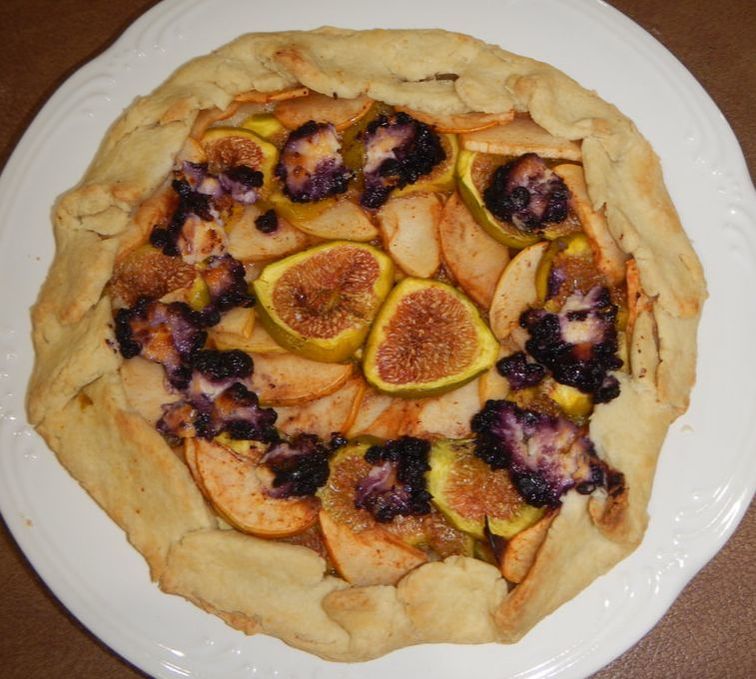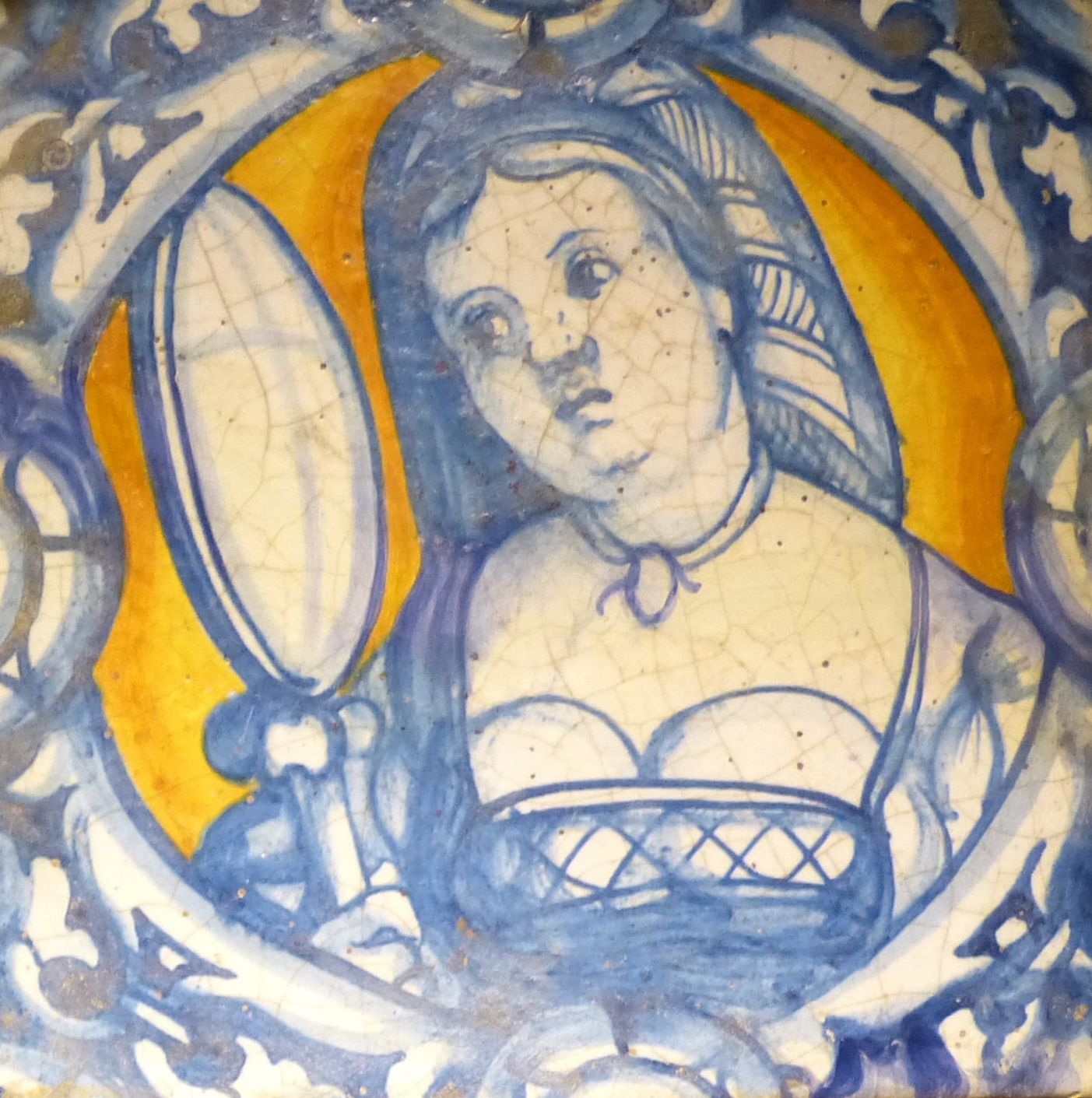2 Comments
 Low-res DVD cover; fair use claimed. Low-res DVD cover; fair use claimed. Four hundred forty-six years ago yesterday, the St. Bartholomew's Day Massacre began in France. Today the killings continued in the city of Paris, before the King ordered them to stop (then start again, then stop, no really, stop). They didn't stop; they continued throughout the country into the autumn, but royal permission had been withdrawn so the crown could avoid blame for the later murders. Yesterday I looked at the history and the 1994 film about the massacre, La Reine Margot. Today, I'm going to look at the costumes and especially the lace in that movie. The pictures in this post are all screencaps from when I last watched it, cropped to focus the attention on specific characters/costumes. Click any one to see it full size! The 1994 film La Reine Margot (Queen Margot) is very artsy, very French, and bloody as a butcher shop. It tells a "romantic" and fictionalized version of the events surrounding the St. Bartholomew's Day Massacre in France in 1572, 446 years ago today. It's compelling-- once I was watching it while sewing, and I sewed right over my finger! (Don't watch movies while sewing unless you've seen them a bunch of times and don't need to pay too much attention.) Today, I want to talk briefly of the history of the massacre and review the movie. Tomorrow, I'll highlight the movie's costuming choices, especially the lace.
The first time I heard "galloon" I though it was a pirate thing... it sounds like doubloon or galleon or maroon! Arr, matey! But actually, galloon is a textile term. Wikipedia's stub of an article about it simply says it's a woven or braided trim, and gives as an example the gold trim sewn all over 1700's style liveries. Merriam Webster gets closer to the word as I've heard it used, specifying that the narrow trim has both edges scalloped. Do an image search to see the different shades of meaning: "galloon trim" yields a mix of narrow metallic trims and lace trims, while "galloon lace" yields lace trims with scalloped edges. Today, I'll try to delineate these different uses and meanings of galloon. Regarding copyright: The pictures illustrating this post come from various sources... Wikimedia Commons, my own work, and lace/fabric retailers. I have included usage rights and copyright information under each picture, as well as off-site links for pictures which are not mine to claim. This post is educational and not for profit.
Lace identification is tricky. For one thing, different types of lace imitate each other, as for instance bobbin lace imitating needlelace, or crochet lace imitating bobbin lace. Carrickmacross lace imitates more expensive needlelaces, and Battenburg (tape) lace imitates bobbin lace by using the techniques of needlelace. Even tatting can be a chameleon, in pieces like the Queen of Roumania's (below), where she tatted flowers and appliqued them on net to look like a grounded lace: To complicate identification, unless you're looking closely at a lace, you can't see how it's put together; from a distance, a cheap chemical lace could mimic an expensive handmade antique! Laces made on Schiffli embroidery machines or Leavers looms can be very good imitations! Check out the side-by-side comparisons in this Lace Booklet from the Dress and Textile Specialists.
Naturally, that won't stop me from playing Name That Lace, which is a game I just made up! I shall start with an image of a lace in use, being worn or used in film, photograph, or painting. I will then do a bunch of research to decide on its most likely style, place of origin, method of manufacture, and whatever else I can figure out. My conclusions will most likely be guesses, since (as mentioned above), lace identification is tricky. Maybe some of my readers can help out? Let's have fun and learn things! I once heard a tragic tale: a man ordered an expensive winter jacket from a sportswear company, and when it came in he eagerly opened the package using a blade... which went too deep and sliced right through the front of the jacket! The company wouldn't take the coat back, since the damage wasn't their fault, so there went several hundred dollars down the drain! True to my preoccupations, when I heard the story my first thought was that I wished I'd been around to try to mend it. I reckon some latex patches on the inside of each cut edge, carefully ironed with a press cloth, would have been a good start...
I'm such a sewing geek! So when a friend buys a shirt from Goodwill with a cut in it, I am pleased to take on the task of mending it.
So simple that I can just explain to you right now, which is a good thing, since Maw-Bell might not be in business anymore. (At any rate, their website is gone and their blog hasn't been updated since 2014.)
|
Karen Roy
Quilting, dressmaking, and history plied with the needle... Sites I EnjoyThe Quilt Index Categories
All
Archives
March 2024
|





 RSS Feed
RSS Feed